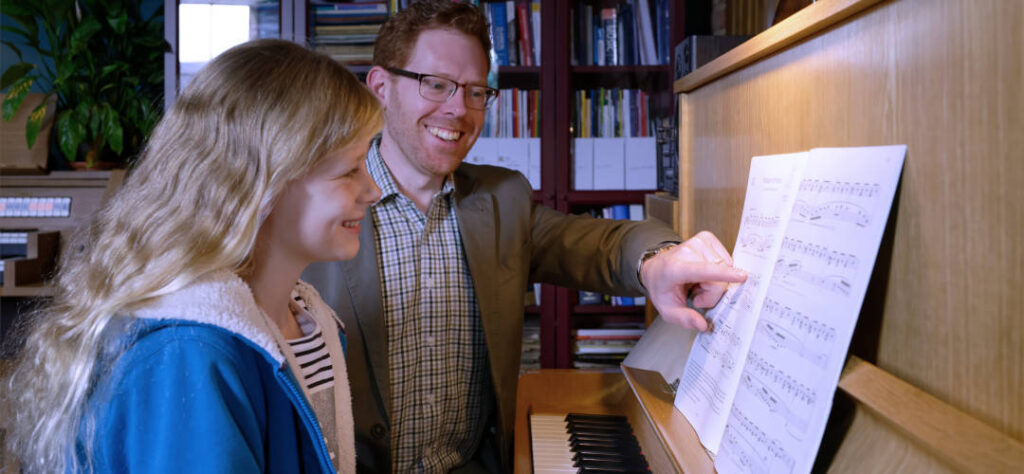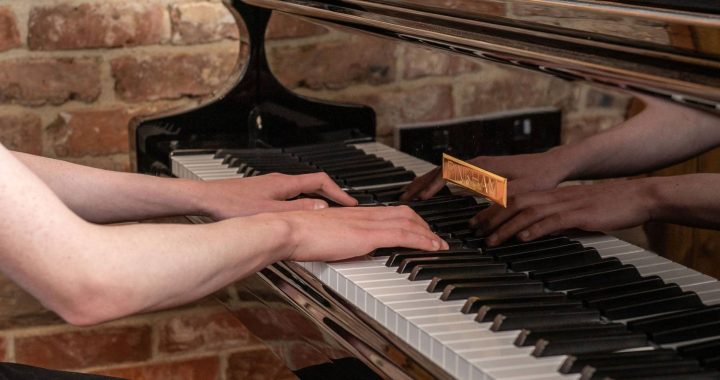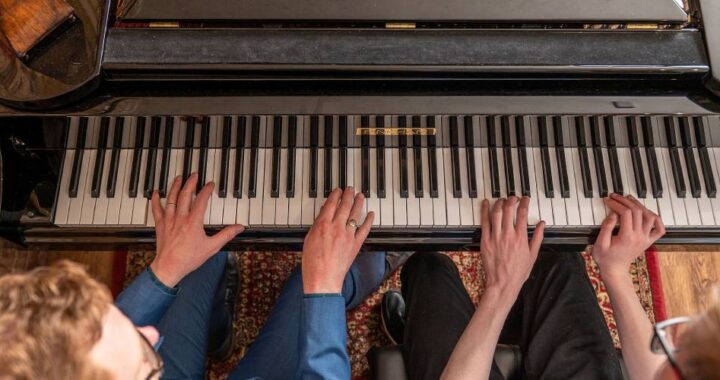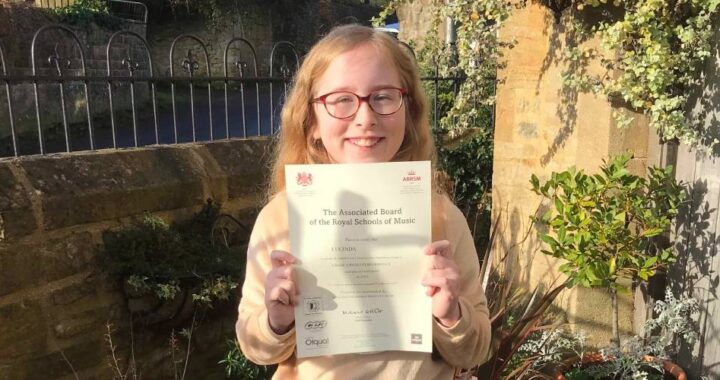
Written by Kevin Hurst BA(Music) – clarinettist & pianist
I’d like to provide you with some ideas on how we can practise effectively between lessons.
We all get stuck when we play – even teachers! It’s all about still having fun! And having solutions that get us nicely unstuck – and quickly. Below are my strategies.
Start slowly
When I start a new piece I go really slowly. I also try and remember to play quietly so I can listen to everything that’s going on – playing softly also helps me stay calm. I check my arms and wrists feel relaxed. It’s all about feeling it’s easy.
Watch the notation
Playing slowly and quietly, I can also easily see what’s going on in the musical notation, including the overall shape and texture of the piece and its expressive ideas of loud and soft playing, and whether notes are to be smoothly joined together or detached and perhaps accented. All these are things which will make this music really come to life when I play it quicker, once I’m ready.
Speeding it up
So, we’ve played our new piece through a few times – hands-separately to start with perhaps – and we now feel ready to play it a little faster to see how it all sounds, but guess what? Does it all go according to plan?
Coping with stumbles
When we play through our piece a little quicker, it starts off ok – but then we stumble and it either grinds to a halt, or suddenly stops! And this often happens well after the start – it might even be near the end!
So what do we do? Do we go back to the start? No we don’t! Otherwise we’ll all become experts in playing just the first few bars of any piece if we do it that way. We’ll rarely get to the end!
What we do instead is try and figure out a different, more efficient way of sorting out those couple of tricky bars.
How to practise tricky sections
So, what I’ve written next is my guidance on how to do this:
- Defining the bit we want to work on (for example, limiting it to several groupings of 2 consecutive bars);
- Limiting the time to work on it, to prevent ‘the law of diminishing returns setting in’ (‘Google it’ if you haven’t heard about this useful idea before), perhaps because hearing ourselves play the same few notes over and over again too many times can cause our attention to lapse. Plus we have to make sure we have time to do all the other things we want to in our practice session;
- Simplifying (‘remodelling’) by, for example, doing hands-separate practice or initially (deliberately!) missing out some notes from left-hand chords;
- Chunking (as in breaking down into small, manageable parts such as 3 consecutive notes (‘deconstructing’); and drilling (‘deliberate practising’) through slow and soft repetitions at first, ensuring that we’re not overwhelmed by the sensory experience of loud sounds, or that our mind can’t process fast sounds quickly enough to evaluate our playing for accuracy), checking as we go for undue physical tension in particular in our fingers, wrists and shoulders;
- Minus any negative self-talk (we’ve all done it!) but plus positive affirmations! Such as ‘aren’t I doing great! Or ‘this sounds really good now! ’And firmly ‘guillotining ’- by saying ‘the end!’, or ‘enough for now! ’Coming back to it the next day. So we give our work a frame: that is, a starting point and an end point.
A couple of other considerations:
Keep other pieces going
A very good idea which I’ve incorporated is to rotate my pieces on a frequent basis so I never get into any kind of rut through pushing to master one piece or part of a piece alone. Instead, I benefit from a subtle transfer of skills from one piece to another. This effective approach to practice is called ‘interleaving ’and stands in opposition to ‘blocked practice ’which involves intensively practising just one piece or technical skill to the exclusion of all else.
Practise with understanding
And one further idea which encourages us to learn actively rather than passively, is to stop abruptly while you’re practising a piece or a technical exercise, and see if you can explain ‘out loud ‘what the music is actually trying to communicate to the listener at that point, perhaps in relation to what’s gone before; or what the intention of the technical exercise study is at that point, as if someone were listening to you – as if you were the teacher! Everyone can do this! And it’s fun! Explaining things to others is a really effective way to check out our understanding of a specific concept or idea.
Final thoughts
There is some evidence to suggest that learning is generally plateaux-based, with intermittent, sudden (not always making sense to us) upward leaps. So we might see big improvements later but hardly any – if at all – straight away. It might not show itself for days! We’ll get there in the end! Meanwhile, we take pleasure from all the lovely music we play and the nice sounds we make on our musical instruments!



